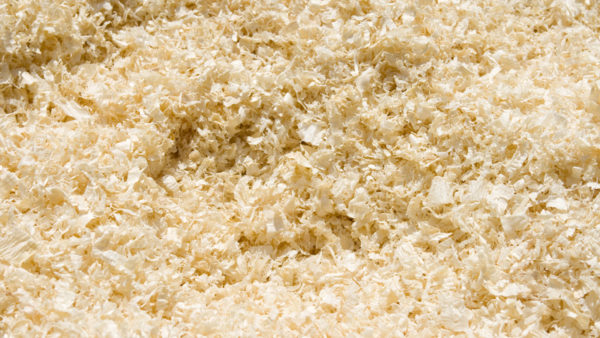A research team at Stanford University has pioneered a technology that is able to cool buildings without electricity.
This is very novel and an extraordinarily simple idea, we can now use radiative cooling, not only at night but in the daytime as well– Eli Yablonovitch, a professor of engineering at the University of California
Shanhui Fan, a professor of electrical engineering, and Aaswath Raman, a research associate, have developed an ultra-thin coating that acts like a mirror when exposed to infrared radiation. This means that it is able to reflect 97% of the radiant heat component of direct sunlight. Â
The result is that a building coated with the 1.8 micron-thick substance will require less mechanical cooling than would otherwise be the case. It is estimated that 15% of all the electricity used in America’s built environment goes on air-conditioning it.

The coating on a roof and a diagram (Stanford University)
The material acts like a semiconductor but with energy instead of electricity. The coating radiates energy at a wavelength of between eight and 13 microns (one thousandth of a millimetre), which is the length that is transmitted most easily through the Earth’s atmosphere. This means that as well as reflecting sunlight, it is able to radiate heat from within the building more effectively, and does not warm the external environment. Â
The researchers believe that a building coated with the substance would be about 5 degrees cooler then the ambient air temperature. Â
The material is made of seven layers of silicon dioxide and hafnium oxide on top of a thin layer of silver. Hafnium is a transitional metallic element that resembles zirconium, and is used in semi-conductors and the control rods of nuclear reactors. The largest known deposits are in western Australia.

An illustration of the cooler (Stanford University)
There are two main obstacles to the further development of the coating. One is the need to conduct the heat in a building’s interior to the surface coating so that it can be radiated away. The second is how to manufacture it as large panels, and how these panels will be deployed on buildings. The team’s prototype is the size of a pizza. Â
Eli Yablonovitch, a professor of engineering at the University of California, Berkeley, and a pioneer of photonics, told the Physics.org website: “This is very novel and an extraordinarily simple idea. As a result of Professor Fan’s work, we can now use radiative cooling, not only at night but, counter-intuitively, in the daytime as well.”Â
Fan and Raman have reported their breakthrough in the journal Nature. Listen to Ramen discuss the project on a podcast here and read more here.










